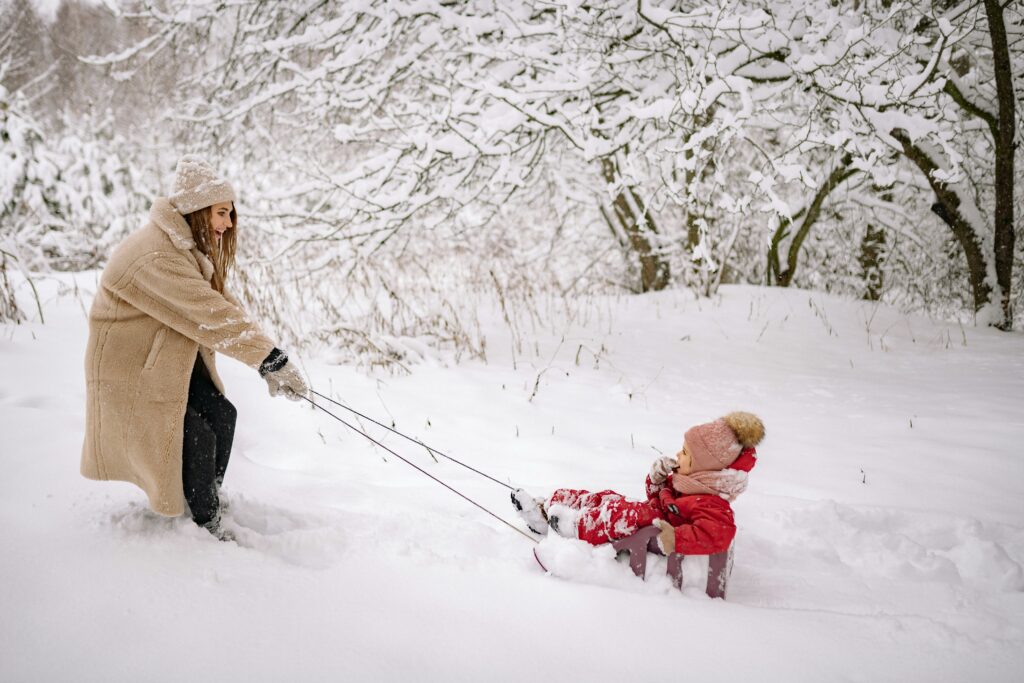Children develop language at different rates, but for some, they aren’t just late bloomers but have a speech delay that needs intervention.
About one in every ten to fifteen children have problems with speech or language comprehension. Luckily, speech and language delays are highly treatable, especially when identified early and the child receives early intervention.
What is “normal” speech development?
First, it’s important to remember that not all children development at the same pace. There’s a wide variance in how and when children start talking and develop language skills. Below are examples of what children typically can do from the American Speech-Language-Hearing Association. Keep in mind your child may not have all of these skills until the end of each age range.
- By one year old: Most babies are babbling a lot by now. Many babies can say one or two simple words, like dada, mama or uh-oh. They also should respond to questions like “want more?” or “come here,” and should understand many common words (such as milk, car, dog, and eat).
- Between one and two years old: Babies and toddlers in this range will begin to add a lot of new words, as well as do a lot of jabbering or jargon (which can have the cadence & inflections of normal speech but is mostly gibberish). As they get closer to two, they may put two words together, like “more drink” or “mommy come.” They should point to things you name, such as in picture books. They also should respond to simple questions like “where’s your hat?” or “who is that?”
- Between two and three years old: At this stage, toddlers have an explosion of words. They’ll put three words together such as “Daddy come here,” “eat more snack,” or “I do it.” They’ll understand new words quickly and follow two-part directions like “get your shoes, and come to the kitchen.”
- Between three and four years old: At this age, you’ll notice most people understand what your child says. They’ll put four or more words together and string several thoughts together. Your child will start rhyming words, using pronouns (I, you, we, they), and use plurals (dogs, cars). They’ll understand words for some colors and shapes, as well as names for family, like grandpa, sister, and aunt.
- Between four and five years old: Your preschooler will be saying all the speech sounds in words. They may still make mistakes on difficult speech sounds, such as l, s, r, v, z, ch, sh, and th. Most of the time, they’ll talk without repeating words and will use sentences with more than one action word (such as run, eat, sleep, grab). They can tell a story and hold a conversation. Your child understands most of what they hear. They can follow several step directions, like “put on your shoes, grab your backpack and get in the car.”
What causes speech delays?
In most of these cases, the cause of a language delay is unknown.
But sometimes, the delay is a sign of a more serious problem, such as hearing loss, developmental delays, or that the child has an autism spectrum disorder.
What can I do if I suspect my child has a speech delay?
As part of your child’s regular well visits, your provider will check on their speech development. If you have any concerns, make sure you bring them up at your well visit.
Your provider will likely ask you questions about your child and interact with them to learn more about their development.
They also may order a hearing test or refer you to a speech and language therapist to test your child’s ability to speak and understand speech.
If your child is under three years, they also may refer your child to an early intervention program for an evaluation. Early intervention programs are federally and state funded and are either free or available on a sliding scale.
If your child is three years or older, your provider may refer you to your local public school for services.
If you don’t want to wait for your next well visit, you can always call our office to talk to a provider at (720) 284-3700.


